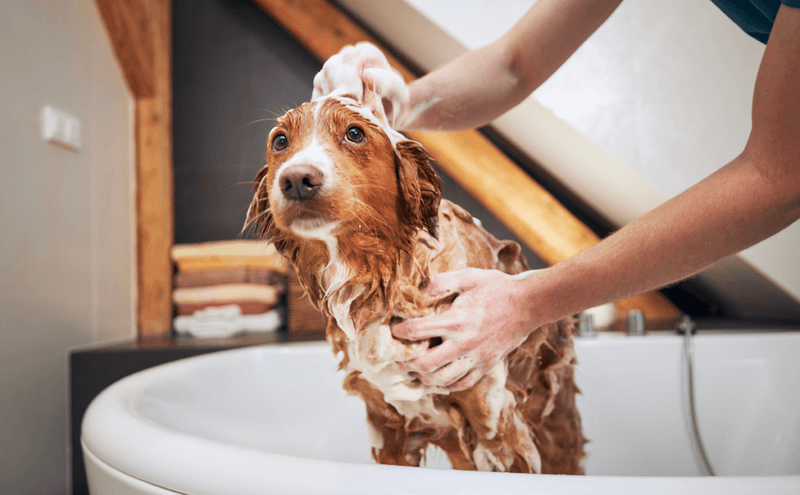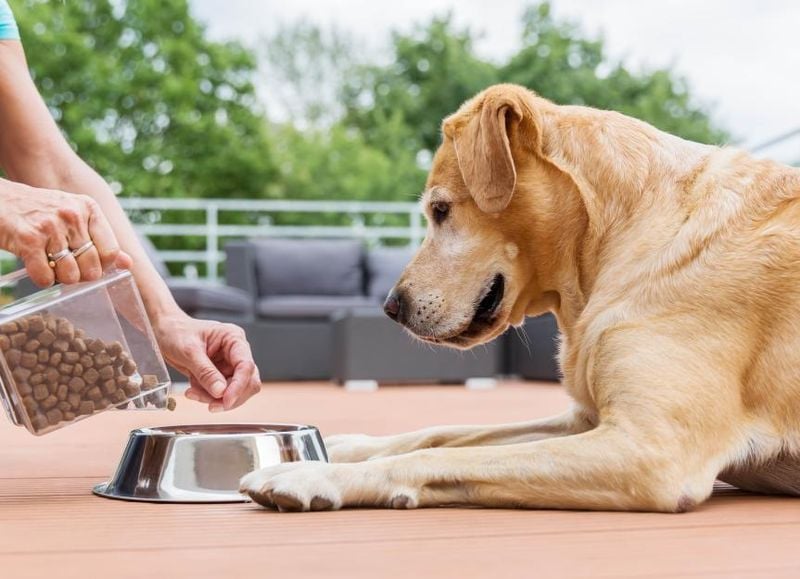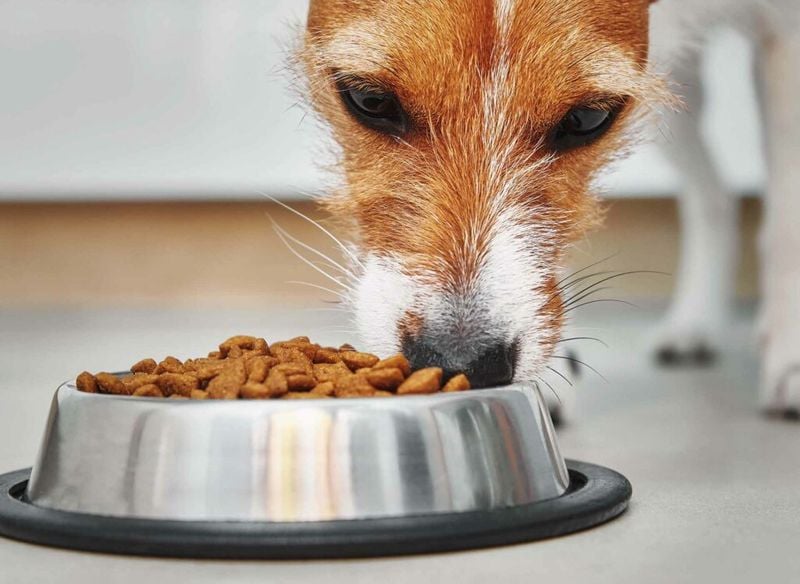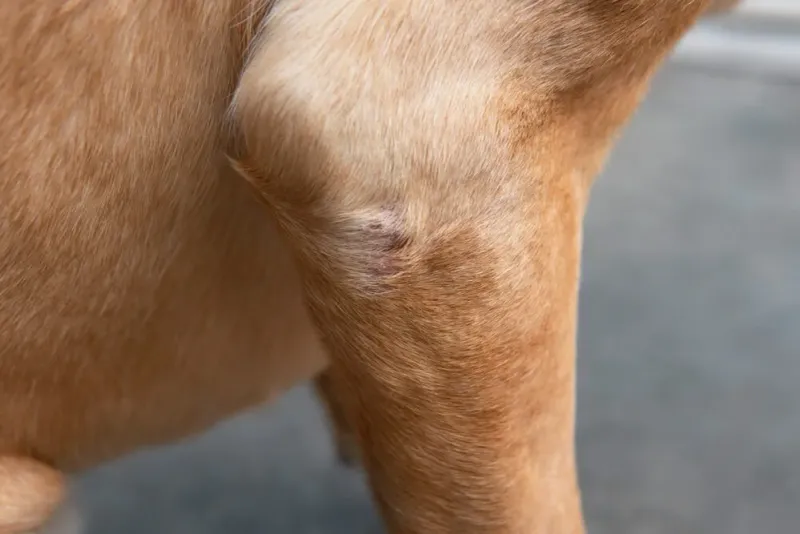6 Things Drying Out Your Dog’s Skin Right Now (And How to Fix It)

Is your furry friend constantly scratching, licking, or showing flaky skin? Your dog might be suffering from dry skin, a common but uncomfortable condition that can lead to bigger health issues if left untreated.
Dry skin in dogs isn’t just an appearance problem – it can cause significant discomfort and even lead to infections. Understanding what’s causing your pup’s skin troubles is the first step to bringing back their healthy, shiny coat.
1. Winter Weather Woes

Cold weather strips moisture from your dog’s skin just like it does yours. When temperatures drop and heating systems kick on, the air inside your home becomes dramatically drier, pulling moisture from your pup’s skin and leaving it flaky and irritated.
Adding a humidifier to your home can make a world of difference. Place it in rooms where your dog spends most of their time to maintain healthy moisture levels in the air. During walks, consider a doggy sweater or coat – not just for warmth, but also to protect sensitive skin from harsh winds.
Limit bath time during winter months to preserve natural oils. When you do bathe your furry friend, use lukewarm water (never hot) and moisturizing shampoos specifically formulated for dogs. Afterward, apply a pet-safe moisturizer to lock in hydration and create a protective barrier against the elements.
2. Food Allergies and Sensitivities

Many pet parents don’t realize their dog’s dry, itchy skin might actually start in their food bowl. Common ingredients like chicken, beef, dairy, wheat, and soy can trigger allergic reactions in sensitive dogs, manifesting as persistent skin problems that no amount of bathing seems to fix.
Switching to a limited-ingredient diet can work wonders for identifying the culprit. Choose foods with novel protein sources your dog hasn’t been exposed to before – think duck, venison, or salmon. Omega-3 fatty acids found in fish oil supplements specifically formulated for pets can dramatically improve skin health from the inside out.
Always transition to new foods gradually over 7-10 days to prevent digestive upset. If skin problems persist after dietary changes, consider consulting with your vet about professional allergy testing to pinpoint exactly what’s bothering your pooch.
3. Pesky Parasite Problems

Fleas, ticks, and microscopic mites aren’t just annoying – they’re moisture vampires that can leave your dog’s skin parched and irritated. A single flea bite can trigger an allergic reaction in sensitive dogs, causing them to scratch incessantly and damage their protective skin barrier.
Year-round prevention is key, even if you rarely spot these pests. Modern preventatives come in many forms – topical treatments, oral medications, and collars – so you can choose what works best for your lifestyle. Regular grooming with a fine-toothed comb helps catch early infestations before they become major problems.
If your dog is already suffering, medicated shampoos containing oatmeal can provide immediate relief while you address the underlying parasite issue. For severe cases, your veterinarian might prescribe anti-inflammatory medications to break the itch-scratch cycle that perpetuates skin damage.
4. Nutritional Gaps in Diet

Your dog’s gorgeous coat starts from within. Without essential fatty acids like omega-3 and omega-6, even the most expensive shampoos won’t fix chronically dry skin. These nutrients form the building blocks of healthy skin cells and help maintain the natural oil barrier that keeps moisture locked in.
Fresh foods can supercharge your dog’s skin health. Consider adding small amounts of salmon, sardines, or egg yolks to their regular meals – all packed with skin-supporting nutrients. For picky eaters, fish oil supplements specifically formulated for dogs provide concentrated omega fatty acids without the fishy taste some dogs reject.
Hydration plays an equally important role in skin health. Make fresh water constantly available and consider adding moisture to dry kibble with a splash of water or low-sodium broth. Some dogs naturally drink less than they should, so enticing them with water fountains or flavored ice cubes can increase their intake.
5. Hidden Health Conditions

Sometimes dry skin signals something happening beneath the surface. Conditions like hypothyroidism, Cushing’s disease, and autoimmune disorders often first appear as skin problems before other symptoms become obvious. Hypothyroidism slows metabolism and reduces oil production, while Cushing’s disease causes hormonal imbalances that thin the skin.
Warning signs include symmetrical hair loss, darkening skin, or dry patches that don’t respond to typical treatments. If your dog’s skin issues persist despite addressing environmental factors and diet, it’s time for a veterinary visit. Blood tests can reveal underlying conditions that no amount of moisturizer will fix.
Treatment typically involves medication to address the root cause rather than just managing symptoms. The good news? Many dogs show remarkable skin improvement within weeks of starting appropriate treatment. Regular monitoring helps adjust medication dosages as needed to keep your dog comfortable and their skin healthy.
6. Bathing Blunders and Harsh Products

Loving your dog too clean can actually harm their skin. Weekly bathing strips away natural oils faster than your dog’s body can replace them, creating a vicious cycle of increasingly dry, flaky skin. Human shampoos are particularly damaging – their pH levels are completely wrong for canine skin.
Most dogs only need baths every 4-6 weeks unless they’re visibly dirty or smelly. Choose gentle, soap-free cleansers with ingredients like oatmeal, aloe vera, or coconut oil that clean without stripping. After-bath sprays with natural moisturizers can help maintain skin health between washings.
Brushing offers a wonderful alternative to frequent bathing. It removes loose fur and distributes natural skin oils throughout the coat. Different coat types need different brushes – pin brushes for long hair, slicker brushes for curly coats, and rubber curry combs for short-haired breeds. Just five minutes of daily brushing can dramatically improve skin health.






